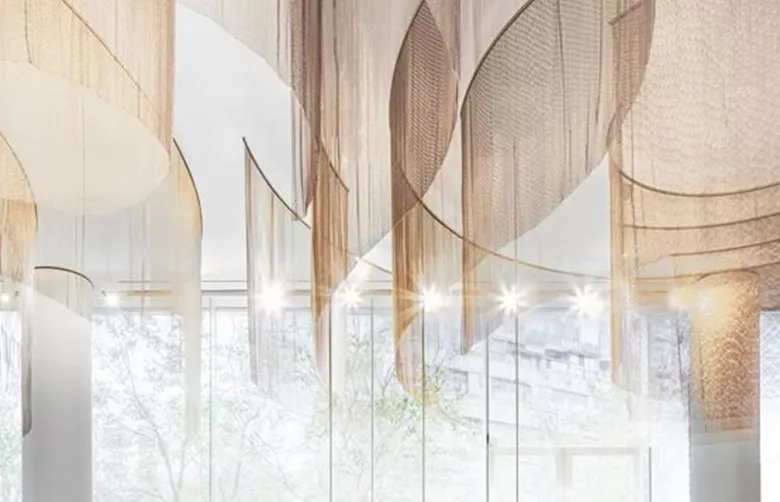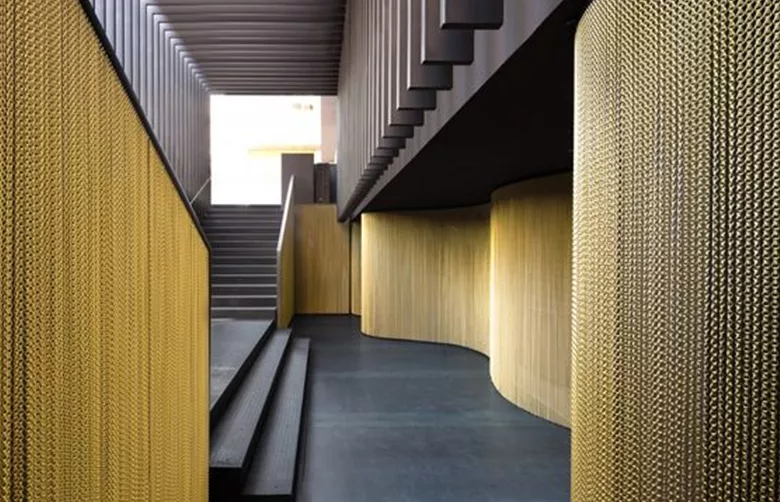-
About UsProductsCustomized SolutionProjectGalleryNews
architectural wire fabric as Texture: The Experience of Surface and Touch
Release time: October 13, 2023Architectural wire fabric has gained increasing attention in recent years as a versatile and aesthetically appealing material for use in a range of design applications. As a highly pliable and malleable material, wire fabric has the unique potential to create dynamic and engaging textures that enrich the experience of surface and touch. In this article, we explore the various roles of architectural wire fabric as texture, and the resulting experience it imparts to us.
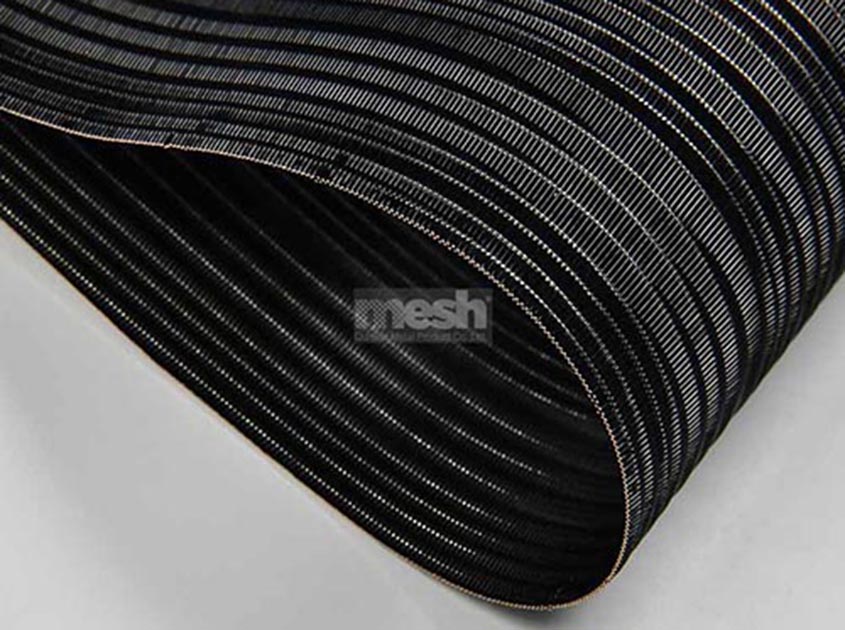
Firstly, architectural wire fabric can create rich textural patterns that provide a sense of depth and visual interest to surfaces. The material’s inherent flexibility allows for a diverse range of patterns to be created, from tightly woven lattices to loose weaves that appear almost ethereal. These patterns can be further enhanced by manipulating the wire’s finish and color, providing designers with a rich palatte of options to choose from.
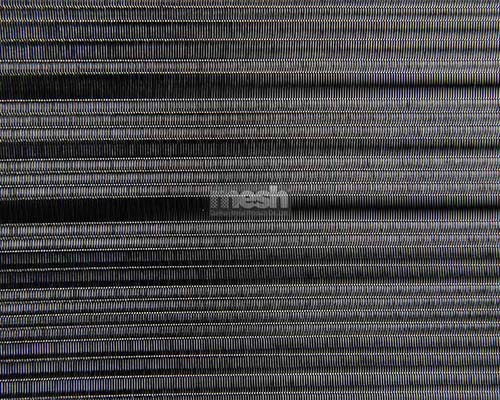
Secondly, wire fabric is ability to allow light and air to pass through it gives it a unique transparency that alters the way we perceive texture. In certain installations, wire fabric can create a sense of openness and transparency that makes it appear almost see-through. This transparency frustrates our ability to categorize the texture as either solid or transparent, blurring the boundaries between the two.
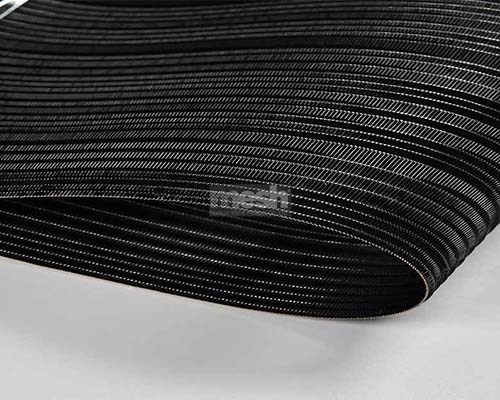
Thirdly, architectural wire fabric's pliability allows for a unique tactility that sets it apart from other materials. Its softness and malleability make it a pleasure to touch, with the material’s grainy surface engaging our sense of touch in a way that is both pleasant and relaxing. This tactility also means that wire fabric is more forgiving than harder materials in cases where impact or pressure is applied to its surface.
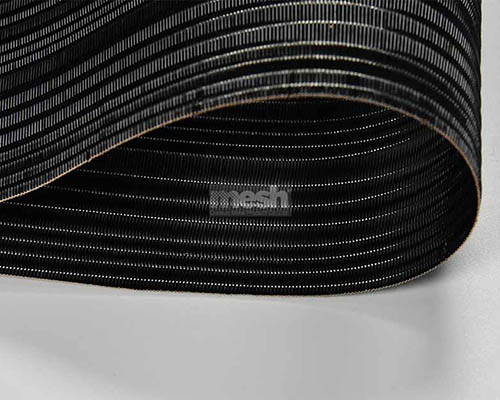
Finally, architectural wire fabric's ability to absorb sound and vibration adds another layer of richness to its textural experience. This property makes it an excellent choice for use in spaces that require sound control, such as offices, schools, and hospitals. The material’s sound-absorbing capacity creates a sense of privacy and cocooning that is lacking in spaces that are not insulated from sound.
Recommended News



